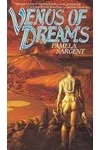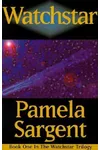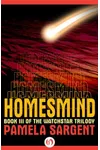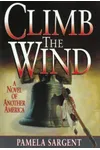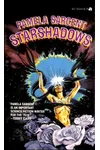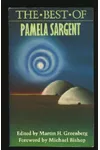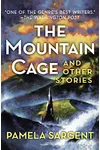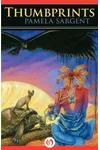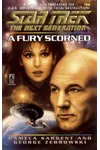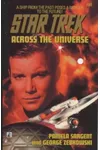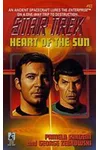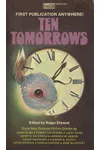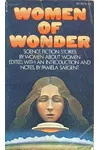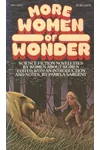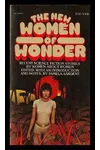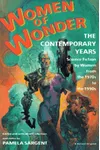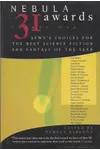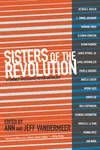Picture an American storyteller who spun tales of terraformed planets and feminist futures—meet Pamela Sargent! Born in 1948, this Nebula Award-winning science fiction author and editor captivated readers with her Venus trilogy and groundbreaking Women of Wonder anthologies. With a philosopher’s mind and a pioneer’s spirit, Sargent reshaped sci-fi, blending bold ideas with heartfelt characters.
From her early days in Ithaca, New York, to her lasting influence on the genre, Sargent’s journey is one of curiosity, courage, and creativity. Let’s dive into the life and legacy of a writer who dared to dream beyond the stars!
The Making of Pamela Sargent
Born on March 20, 1948, in Ithaca, New York, Pamela Sargent grew up with a love for big ideas. Raised as an atheist, she explored the world through a lens of reason, earning a BA and MA in classical philosophy at Binghamton University. Her studies in ancient history and Greek fueled her fascination with human nature, which later infused her sci-fi narratives. While still a college senior, she sold her first story, 'Landed Minority,' to The Magazine of Fantasy & Science Fiction, kicking off a career that would span decades.
Sargent’s early influences included the bold voices of sci-fi’s Golden Age, but she carved her own path by centering women’s perspectives and philosophical questions. Her feminist outlook and knack for alternate histories set her apart, making her a trailblazer in a male-dominated field.
Pamela Sargent’s Unforgettable Stories
Sargent’s bibliography is a treasure trove of speculative fiction, with her Venus trilogy—Venus of Dreams (1986), Venus of Shadows (1988), and Child of Venus (2001)—standing as a cornerstone. This epic saga, often compared to Kim Stanley Robinson’s Mars trilogy, follows generations of colonists terraforming Venus. With crisp prose and sympathetic characters, Sargent explores themes of ambition, gender, and cultural conflict, creating a vivid world that feels both alien and human.
Beyond the trilogy, The Shore of Women (1986) offers a feminist dystopia where women rule high-tech cities, while men roam a primitive wilderness. This thought-provoking novel challenges gender norms with nuance and empathy. Earthseed (1983), a young adult novel about a generation starship, earned acclaim as a Best Book for Young Adults, blending adventure with existential questions. Her short fiction, like the Nebula-winning 'Danny Goes to Mars' (1992), showcases her versatility, mixing satire and speculative wonder.
Sargent’s style is marked by intellectual depth and emotional resonance. Her stories weave scientific rigor with philosophical musings, often set in richly imagined worlds. Whether exploring immortality in The Golden Space (1982) or alternate histories in Climb the Wind (1998), she invites readers to ponder humanity’s future.
Why Pamela Sargent Matters
Pamela Sargent’s impact on science fiction is profound. Her Women of Wonder anthologies, starting in 1975, were the first to spotlight female sci-fi writers, amplifying voices like Ursula K. Le Guin and Joanna Russ. These collections reshaped the genre, proving women could craft hard-hitting speculative fiction. Her editorial work, including Nebula Awards showcases, further cemented her role as a gatekeeper of excellence.
Sargent’s novels inspired countless writers, particularly in feminist and terraforming narratives. Her Venus trilogy predated and influenced similar works, while her focus on diverse perspectives broadened sci-fi’s appeal. Today, living in Albany, New York, she remains a quiet giant, her stories still sparking curiosity and debate.
About Pamela Sargent
- Born: March 20, 1948, in Ithaca, New York
- Key Works: Venus trilogy, The Shore of Women, Earthseed
- Awards: Nebula Award (1992), Locus Award, SFRA Pilgrim Award (2012)
- Fun Fact: She collaborated with George Zebrowski on four Star Trek novels!
Ready to explore uncharted worlds? Snag Venus of Dreams or The Shore of Women and dive into Pamela Sargent’s visionary sci-fi!



